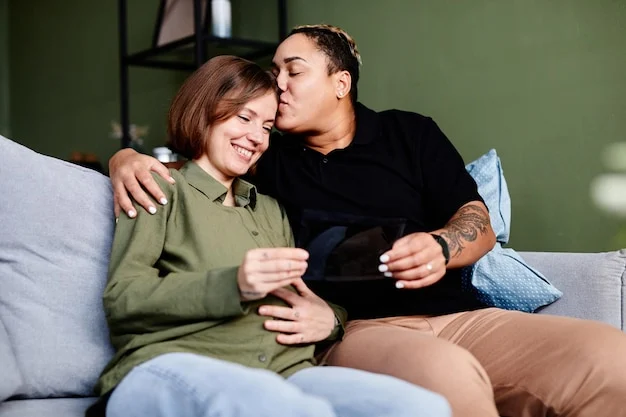Your cart is currently empty!
Our Son’s Dwarfism: A Unique Journey, Not the Whole Story
I’ve been itching to write this post for a while now, but finding the right words has proven to be a bit of a challenge. My partner, Emily, and I are in a good place these days, and I feel compelled to share our experience in hopes of offering a fresh perspective and perhaps a glimmer of hope to others navigating similar waters. Life with a 3-month-old is a whirlwind of diaper changes, feedings, and work, so forgive me for the delay!
When our son, Leo, arrived last August, it was after a dramatic 36-hour labor that ended in a C-section due to the umbilical cord being wrapped around his neck—not once, but twice! To add to the chaos, Leo developed a respiratory infection, which meant a five-day stay in the NICU. As the medical team investigated the root of his respiratory issues, they discovered some unusual details about Leo’s bone structure.
In our family, we’re all proud members of the big head club, but Leo’s head was off the charts large. Then came the X-ray results: his arm and leg bones, pelvic bone, and joint connections pointed towards a diagnosis of achondroplasia, confirmed later by a genetic blood test.
So, what exactly is achondroplasia?
I was baffled too. After some deep dives into research and discussions with the fantastic NICU staff, I learned that achondroplasia is the most common form of dwarfism. Dwarfism? My mind was spinning. Our pregnancy had been smooth sailing, and all the tests looked great. Could this really be our genetic legacy? Had we done something wrong? Would this impact Leo’s life?
Spoiler alert: Nope. Not at all.
Here are some key points about achondroplasia:
- It occurs in about 1 in 25,000 births and is typically caused by a spontaneous mutation in the FGFR3 gene during conception. Think of it as playing one slightly off-key note in an otherwise perfect symphony. Surprisingly, over 80% of individuals with dwarfism have average-height parents, like us.
- Achondroplasia is classified as a skeletal dysplasia and is considered a rare condition (though we don’t view it as a “disease”). There are over 300 types of dwarfism worldwide, with an estimated 651,700 individuals affected. Leo happens to have the most common type.
- Physically, achondroplasia is characterized by shorter upper arms and thighs, a larger head, a flattened nasal bridge, and a shorter stature (the average height for males is around 4 feet 4 inches).
- To visualize what’s happening with Leo’s growth, think of watering a plant 24/7—it just won’t grow. The FGFR3 gene mutation essentially puts a spout on his long bones, inhibiting their growth.
In those early weeks, I rode an emotional roller coaster. I found myself questioning why this happened to us, grappling with the odds of being that 1 in 25,000. It was a reset of the dreams I had for fatherhood. But after some soul-searching, deep breaths, and immense support from family and friends, it became clear: we were chosen for this journey, and it was no accident. We are incredibly lucky to have Leo, who is already a remarkable little man.
We’ve discovered a treasure trove of online resources from other families of children with achondroplasia, as well as the fantastic organization Little People of America. Their insights have illuminated a path forward, revealing that the future is full of promise. In fact, studies indicate that kids with achondroplasia often display high motivation, a strong work ethic, and goal-oriented mindsets. They are creative problem solvers—traits that remind me of Emily.
When you think about it, what does “normal” even mean? Height doesn’t define normalcy, just like socio-economic status or skin color doesn’t. These are mere statistics, not the essence of normalcy. Leo is just a typical kid; he’ll do all the usual things, go to school, and have those wonderfully noisy newborn moments that seem to echo through time.
So yes, Leo has dwarfism, but that’s not his defining trait. He may be small in stature, but I have no doubt he’ll leave a big impact on those around him. He’s already brought Emily and me closer together and filled our lives with love and appreciation, reshaping our priorities.
Our hope is to foster understanding about this condition among our friends and family so that they feel comfortable discussing it with us. We’re open to conversations and eager to raise awareness—after all, communication can help dissolve any awkwardness.
Yes, Leo has dwarfism. Yes, he’s small. But above all, he is Leo—perfectly and intentionally made. He is destined to be an incredible little legend.
